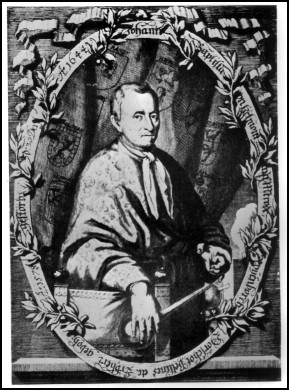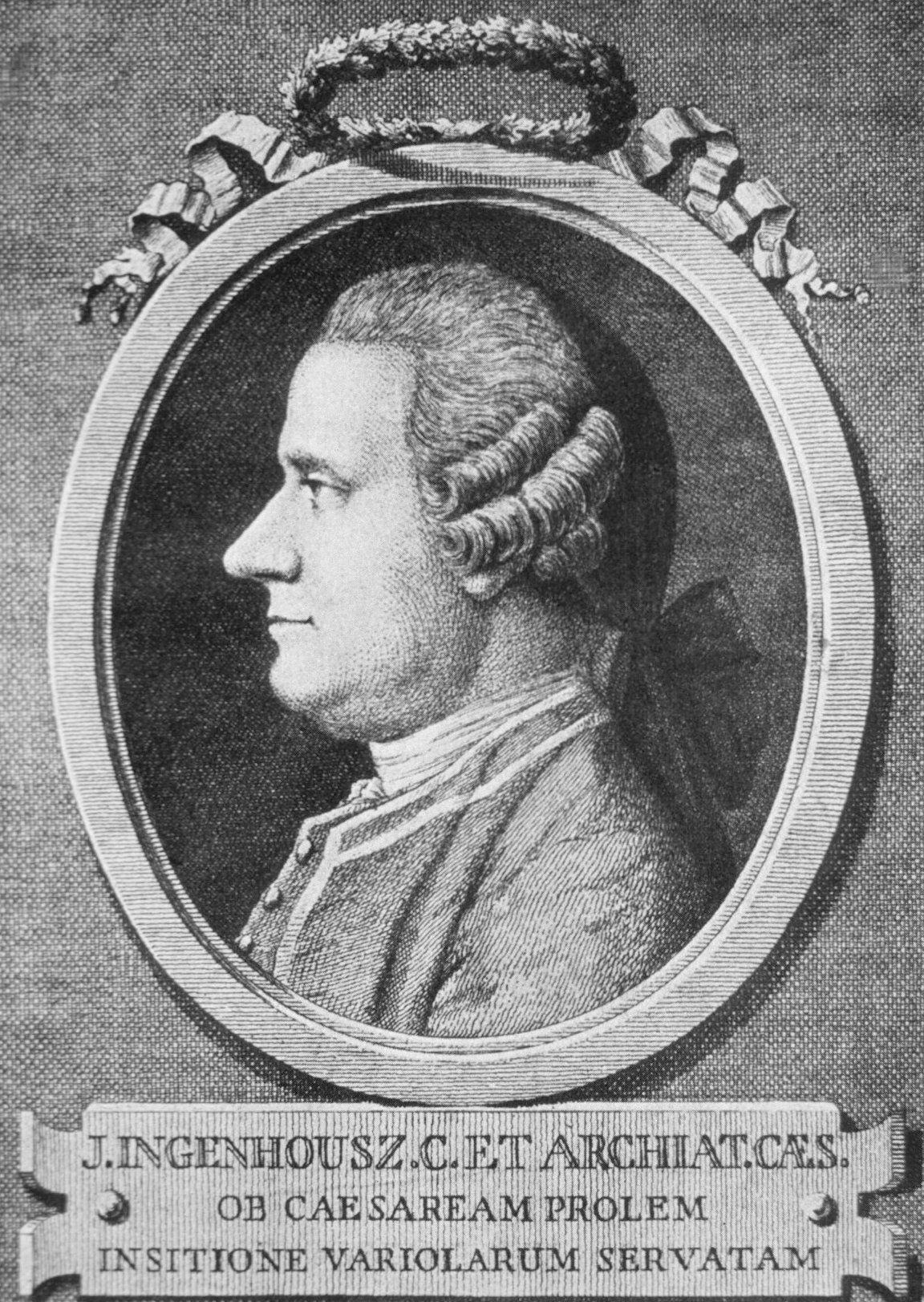Now we come to the second part of the series
Botany: A Blooming History
entitled
2. Photosynthesis
Why have I skipped part 1B? There is madness in this method, or vice-versa, because parts 1B and part 3 both relate to genetics, and might be better treated together.
The big question is, what do plants eat? Up to about the 16th century, it was generally thought that they consumed soil. But the next chap was about to find out otherwise. Jan Baptist van Helmont (1579 – 1644) was Flemish chemist, physiologist, and physician. He is credited with introduction of the word “gas” (from the Greek word chaos) into the vocabulary of scientists. Of his groundbreaking botanical experiment, Wikipedia says about him:
Jan Baptist van Helmont (1579 – 1644) was Flemish chemist, physiologist, and physician. He is credited with introduction of the word “gas” (from the Greek word chaos) into the vocabulary of scientists. Of his groundbreaking botanical experiment, Wikipedia says about him:
« Van Helmont was a careful observer of nature; it can be inferred that from his analysis of data gathered in his experiments suggested he had a concept of the conservation of mass. He performed an experiment to determine where plants get their mass. He grew a willow tree and measured the amount of soil, the weight of the tree and the water he added. After five years the plant had gained about 164 pounds. Since the amount of soil was basically the same as it had been when he started his experiment, he deduced that the tree's weight gain had come from water. Since it had received nothing but water and the soil weighed practically the same as at the beginning, he argued that the increased weight of wood, bark and roots had been formed from water alone. (However, this "deduction" is incomplete, as a large proportion of the mass of the tree comes from atmospheric carbon dioxide, which, in conjunction with water, is turned into carbohydrates via photosynthesis.)»
This was an early gravimetric experiment, about half-a-century before Robert Boyle, in The Sceptical Chymist, made the world at large aware of the importance of using the balance.
At that time, Flanders had the misfortune to be ruled by Spain, which brought with it the Inquisition. Van Helmont was detained by them from 1634 until 1636. What was he detained for? French Wikipedia tells us:
« Asked about the Kabbalah, he said he knew that the rabbis employed the art for the understanding of the mysteries of their faith, but Christians did not need it: the writings of Reuchlin and Ricius had taught him that it was nothing but fables and vain tortures of Spirit.»
This was not his only run-in with them. English Wikipedia tells us:
« Although a faithful Catholic, he incurred the suspicion of the Church by his tract On magnetic healing of wounds (1621), which was thought to derogate from some of the miracles.»
With such goings-on, it is small wonder that his near-contemporary, the mathematician, physicist and engineer Simon Stevin (1548/49 – 1620) moved from Flanders (Belgium) to the Netherlands. The Catholic Encyclopedia gives a good concise account of his many scientific achievements, though.
In their article on Photosynthesis, Wikipedia then tells us:
« Joseph Priestley, a chemist and [Unitarian] minister, discovered that, when he isolated a volume of air under an inverted jar, and burned a candle in it, the candle would burn out very quickly, much before it ran out of wax. He further discovered that a mouse could similarly "injure" air. He then showed that the air that had been "injured" by the candle and the mouse could be restored by a plant.  In 1778, Jan Ingenhousz (1730 – 1799), court physician to the Austrian Empress, repeated Priestley's experiments. He discovered that it was the influence of sunlight on the plant that could cause it to revive a mouse in a matter of hours. (Portrait on right.)
In 1778, Jan Ingenhousz (1730 – 1799), court physician to the Austrian Empress, repeated Priestley's experiments. He discovered that it was the influence of sunlight on the plant that could cause it to revive a mouse in a matter of hours. (Portrait on right.)
In 1796, Jean Senebier, a Swiss pastor, botanist, and naturalist, demonstrated that green plants consume carbon dioxide and release oxygen under the influence of light. Soon afterward, Nicolas-Théodore de Saussure showed that the increase in mass of the plant as it grows could not be due only to uptake of CO2 but also to the incorporation of water. Thus, the basic reaction by which photosynthesis is used to produce food (such as glucose) was outlined.»
(Alas, neither of these two scientists have their picture in Wikimedia Commons.)
In the programme, attention is focussed on Jan Ingenhousz and his published work Experiments upon Vegetables: Discovering their Great Power of Purifying the Common Air in the Sunshine and of Injuring it in the Shade at Night. To Which is Joined, A new Method of examining the accurate Degree of Salubrity of the Atmosphere. (1779), of which you can read excerpts here. This was shortly after he returned to England after working as physician to the Empress of Austria. The dramatization shows him with jars full of different kinds of leaves in a curtained room. On one occasion, have had left a gap in the curtains, and in a jar which caught a sunbeam, oxygen bubbles appeared. Ingenhousz thereupon conducted detailed and careful experiments to show that it was the Sun’s light, and not its heat, which powered this process.
Forward to the mid-19th century, and we meet Julius von Sachs (1832 – 1897). Short of means, we find him working as a Privatdozent in Prague University. (The term translates as ‘private lecturer’, but then even more than now seems to mean ‘academic slave labour’.) He eventually became a fully established professor at the University of Würzburg, but even before then was making his wide-ranging contributions to the science of botany. What concerns us here, though, is his discovery, published in 1865, that it was the chloroplasts in plant cells where the food was made, in particular the laying down of starch. This was enabled by recent advances in the making of microscopes. (Although, says Timothy Walker, and I agree with him, how Sachs would have marvelled at what one can do today with confocal microscopes, as in this YouTube of chloroplasts moving around plant cells to optimize conditions for photosynthesis.)
So, by the end of the 19th century we have a pretty good idea of what is going on, but not how it works. Following Word War Two, there are lots of nuclear facilities popping up all over the world, and with them a supply of the radioactive isotope Carbon-14. The hero of the next step is Andrew Benson (born 1917), who has lived most, if not all, of his life in California. Carbon-14 occurs in trace quantities naturally, and is the basis of carbon dating, but for isotopic labelling experiments much larger concentrations are required. Wikipedia goes on to say:
Following Word War Two, there are lots of nuclear facilities popping up all over the world, and with them a supply of the radioactive isotope Carbon-14. The hero of the next step is Andrew Benson (born 1917), who has lived most, if not all, of his life in California. Carbon-14 occurs in trace quantities naturally, and is the basis of carbon dating, but for isotopic labelling experiments much larger concentrations are required. Wikipedia goes on to say:
« In work done from 1946 through 1953, along with Melvin Calvin and James Bassham, Benson elucidated the path of carbon assimilation (the photosynthetic carbon reduction cycle) in plants. The carbon reduction cycle is known as the Calvin cycle, which inappropriately ignores the contribution of Bassham and Benson. Many scientists refer to the cycle as the Calvin–Benson Cycle, Benson-Calvin, and some even call it the Calvin–Benson–Bassham (or CBB) Cycle.»
(The programme relates Calvin receiving a solo Nobel Prize for the work, but Benson actually following his own correct idea while Calvin was following one which went nowhere. But I don’t know enough about this ‘feud’ to comment any further.)
But to me it was fascinating to see the relics of the work as carried out, using what one might call ‘bronze age’ techniques such as paper chromatography.
Two closing sequences dealt with application of our increased knowledge of different carbon fixation mechanisms, and the tailored use of lighting in Britain’s largest tomato-producing greenhouse, to provide food for today’s large and increasing number of people.
For Brits (and Irish folks as well) to catch up: http://www.bbc.co.uk/iplayer/episode/b011wz4q/Botany_A_Blooming_History_Photosynthesis/





Comments